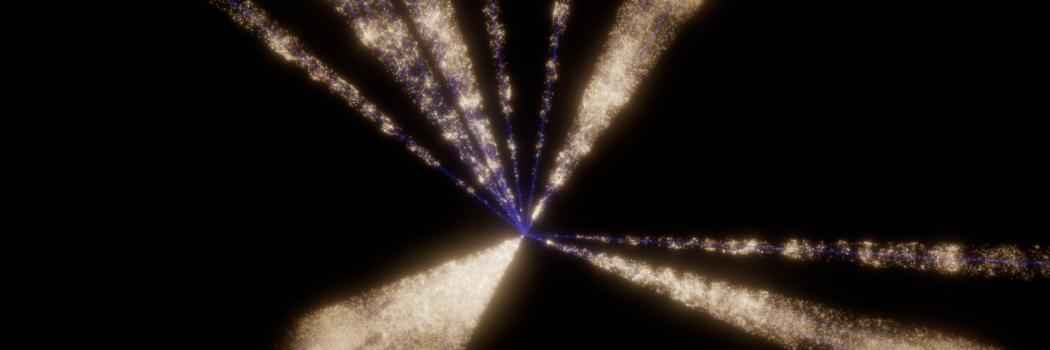
Scientists have observed for the first time two million distant galaxies, quasars and stars that will help create the most detailed 3-D map of the Universe ever, which will further advance our understanding of the Universe and of our own galaxy, the Milky Way.
Researchers at Durham and their collaborators observed the spectra of the extragalactic objects - the decomposition of light into different colours or wavelengths which reveal the rate at which the Universe is expanding, as well as the physical properties of the galaxies and quasars.
Capturing the spectra
Durham experts helped design and build the fibre-optic instrument for the Mayall telescope in Arizona, USA, which is used to capture the spectra while providing expert analysis and interpretation of the data. Durham theorists carried out large cosmological simulations to relate the data to theories of the origin and contents of the Universe.
The five-year DESI mission, managed by the United States' Department of Energy through the Lawrence Berkeley National Laboratory in California, aims to map the large-scale structure of our Universe over an enormous volume and a wide range of cosmic epochs.
Durham's involvement includes experts from the Durham's Institute for Computational Cosmology, Centre for Advanced Instrumentation and Centre for Extragalactic Astronomy.
First release of data
The first 80-terabyte dataset just released, containing the two million spectra, comes from more than 3,500 exposures of the night sky taken over six months.
The latest release is the project's first step in allowing scientists to map more than 40 million galaxies, quasars and stars.
A five-year mission
DESI uses 5,000 robotic positioners to move optical fibres that capture light from objects millions or billions of light-years away.
It is the most powerful multi-object survey spectrograph, an instrument that separates and measures the wavelengths of light, in the world. It can analyse light from more than 100,000 galaxies in one night, which is a world record. That light tells researchers how far away an object is and how quickly the Universe is expanding, building a 3-D map of the galaxy distribution.
DESI is currently two years into its five-year run and ahead of schedule on its quest to collect more than 40 million redshifts. The survey has already catalogued more than 26 million astronomical objects in its science run and is adding more than a million per month.






